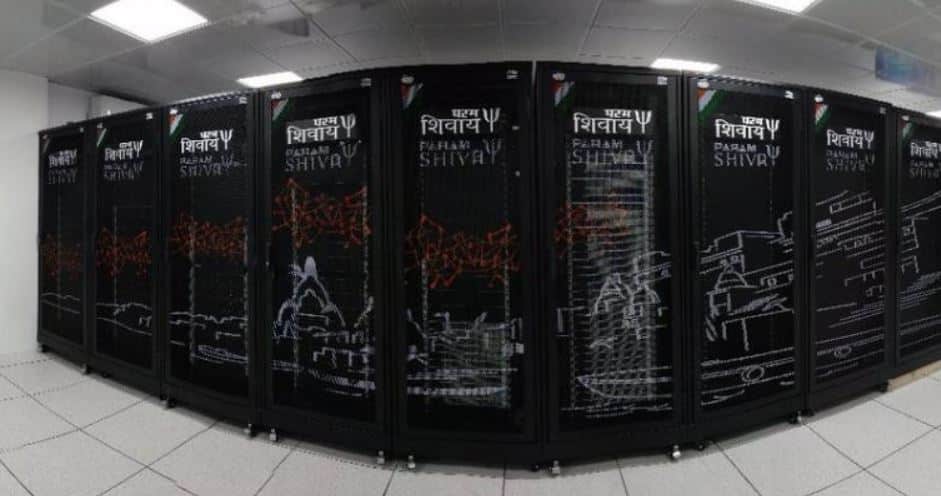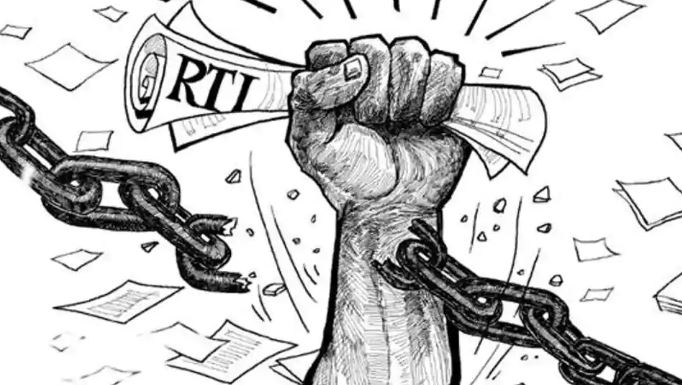Table of Contents
The Ministry of Environment, Forests, and Climate Change (MoEFCC) has recently proposed the draft Green Credit Programme Implementation Rules 2023. This initiative, initially included in the Union Budget for 2023-24, aims to encourage voluntary environmental measures among diverse stakeholders through a competitive market-based strategy. The programme intends to mobilize a large-scale movement around environmentally responsible behavior and contribute to India’s net zero objectives of 2070.
Features and Objectives | UPSC – IAS
- The Green Credit Programme offers incentives, known as “green credits,” to individuals, farmer-producer organizations (FPO), industries, and rural and urban local bodies, among others, for environment positive actions. The draft rules outline various categories of green credit actions, including tree plantation, water conservation, sustainable agriculture practices, waste management, air pollution reduction, mangrove conservation, ecomark certification, and sustainable building and infrastructure construction.
- Each green credit action will have specific criteria and benchmarks, and the equivalence of resource requirements and other relevant parameters will be considered to maintain fungibility across sectors. The Indian Council of Forestry Research and Education will oversee the program and design guidelines, methods, and procedures for implementation.
Significance and Effects | UPSC – IAS
- The Green Credit Programme is a groundbreaking tool that aims to reward and incentivize voluntary environmental action beyond carbon reduction. It encourages individuals, private businesses, cooperatives, and farmer-produce groups to participate in sustainable practices such as organic farming, water conservation, waste management, and more.
- The programme’s standards and incentives will also provide additional access to carbon markets and promote ecosystem services. By going beyond carbon and encompassing all key components of environmental and social sustainability, India can enhance its position as a global leader in environmental sustainability.
Pros and Cons | UPSC – IAS
- One of the pros of the Green Credit Programme is that it promotes voluntary environmental action and offers additional economic benefits to project proponents. It also encourages sustainable practices in various sectors and addresses multiple environmental challenges.
- However, there are concerns about greenwashing and the potential for incremental carbon reductions through market-based mechanisms. The programme requires careful evaluation to ensure that methodologies and standards are sound and that there is sufficient demand for green credits. Additionally, issues related to forest ownership and governance, biodiversity conservation, and global criticisms of carbon credit programmes must be taken into account.
Fun Fact
Did you know that the Green Credit Programme introduces a unique concept of incentivizing green initiatives beyond carbon reduction? It assesses and rewards various ecosystem services, offering a holistic approach to environmental sustainability in India.
The draft rules for the Green Credit Programme are a positive step towards fostering environmental responsibility among diverse stakeholders in India. As the programme progresses, it will be crucial to ensure transparency, accountability, and continuous monitoring to maximize its positive impact on the environment and society.
Mutiple Choice Questions
1. What is the purpose of the Green Credit Programme?
a. To encourage individuals and organizations to take voluntary environmental action
b. To introduce a carbon market for trading green credits
c. To implement regulations for reducing emissions in the industrial sector
d. To promote international collaboration on environmental sustainability
Explanation: The purpose of the Green Credit Programme is to encourage people, private businesses, cooperatives, small-scale industries, forestry companies, and farmer-produce groups to take voluntary environmental action.
2. What are the activities eligible for earning green credits?
a. Industrial manufacturing processes that reduce carbon emissions
b. Natural and regenerative agricultural practices to improve soil health
c. Construction and infrastructure projects using sustainable technologies
d. All of the above
Explanation: The activities eligible for earning green credits include tree plantation, water conservation, sustainable agriculture, waste management, air pollution reduction, mangrove conservation, Ecomark labeling, and sustainable building and infrastructure.
3. How will the green credits be exchanged in the market?
a. Through an international trading platform
b. As digital certificates on a domestic market platform
c. Through physical coupons issued by the government
d. They cannot be exchanged, only used for incentives
Explanation: The green credits earned by individuals and organizations will be exchangeable on a hypothetical domestic market platform.
4. What is the concern associated with the Green Credit Programme?
a. The lack of demand for green credits in the market
b. The risk of fraudulent activities and greenwashing
c. The limitation of eligible activities for earning green credits
d. The reliance on international carbon markets for funding
Explanation: The concern associated with the Green Credit Programme is the risk of “greenwashing” and fraudulent activities through market-based mechanisms. There is a need for rigorous monitoring and sound methodology and standards to avoid misuse of the system.
5. What is the way forward for the Green Credit Programme?
a. Increasing the demand for green credits in the market
b. Resolving issues related to forest ownership and governance
c. Conducting internal deliberations and public hearings
d. All of the above
Explanation: The way forward for the Green Credit Programme involves evaluating the system, resolving issues related to forest ownership and governance, and conducting internal deliberations and public hearings to address concerns and ensure its stability and viability.
Brief Summary | UPSC – IAS
The Ministry of Environment, Forests, and Climate Change (MoEFCC) in India has proposed draft rules for a ‘Green Credit’ program, which will provide incentives for individuals, organizations, and businesses to take environmentally positive actions. The program aims to encourage voluntary environmental measures and contribute to India’s net zero objectives by 2070. The green credits will be earned for actions such as tree plantation, water conservation, waste management, and reducing air pollution. The program will be run by the Indian Council of Forestry Research and Education, and green credits can be exchanged and sold on a domestic market platform. However, there are concerns about greenwashing and challenges in monitoring and governance.










